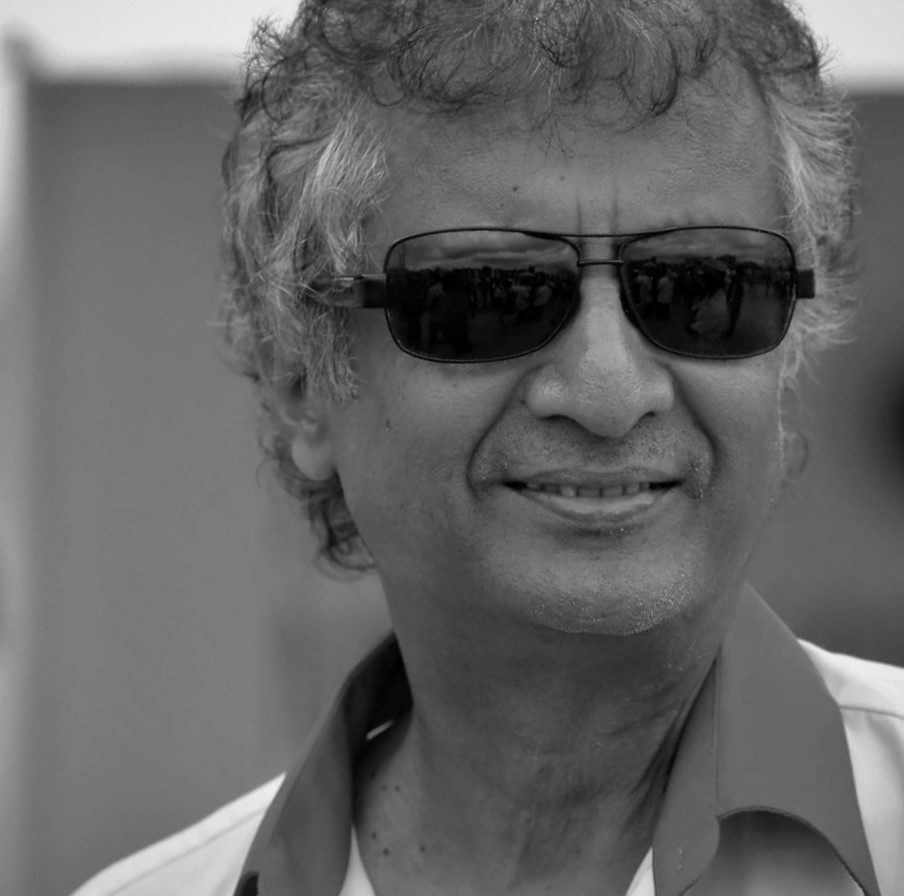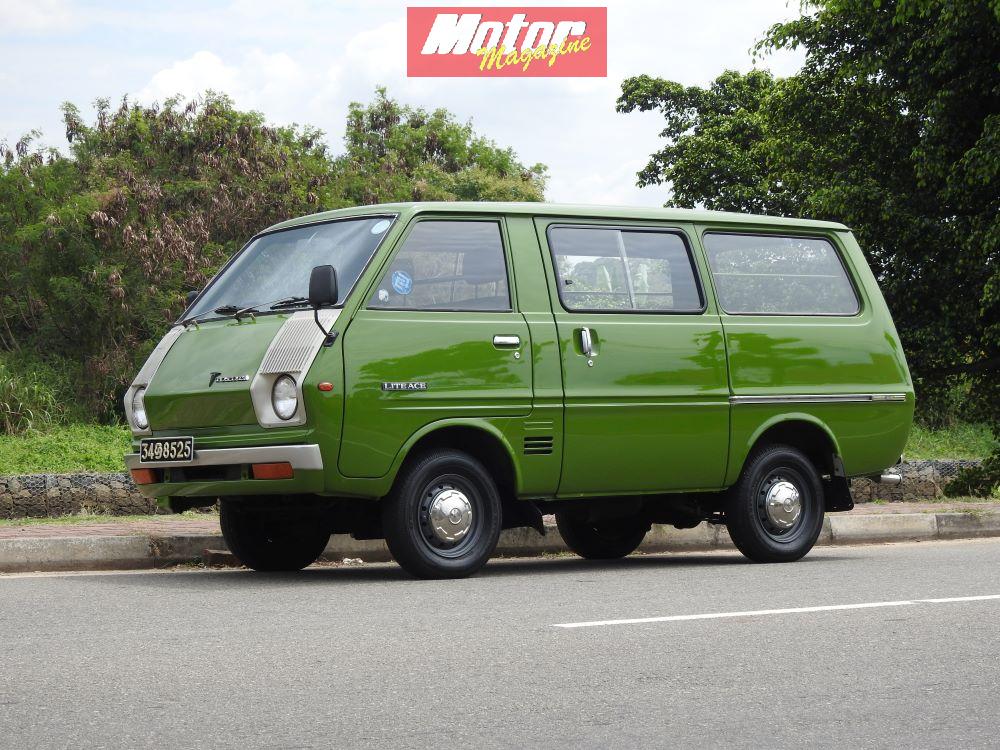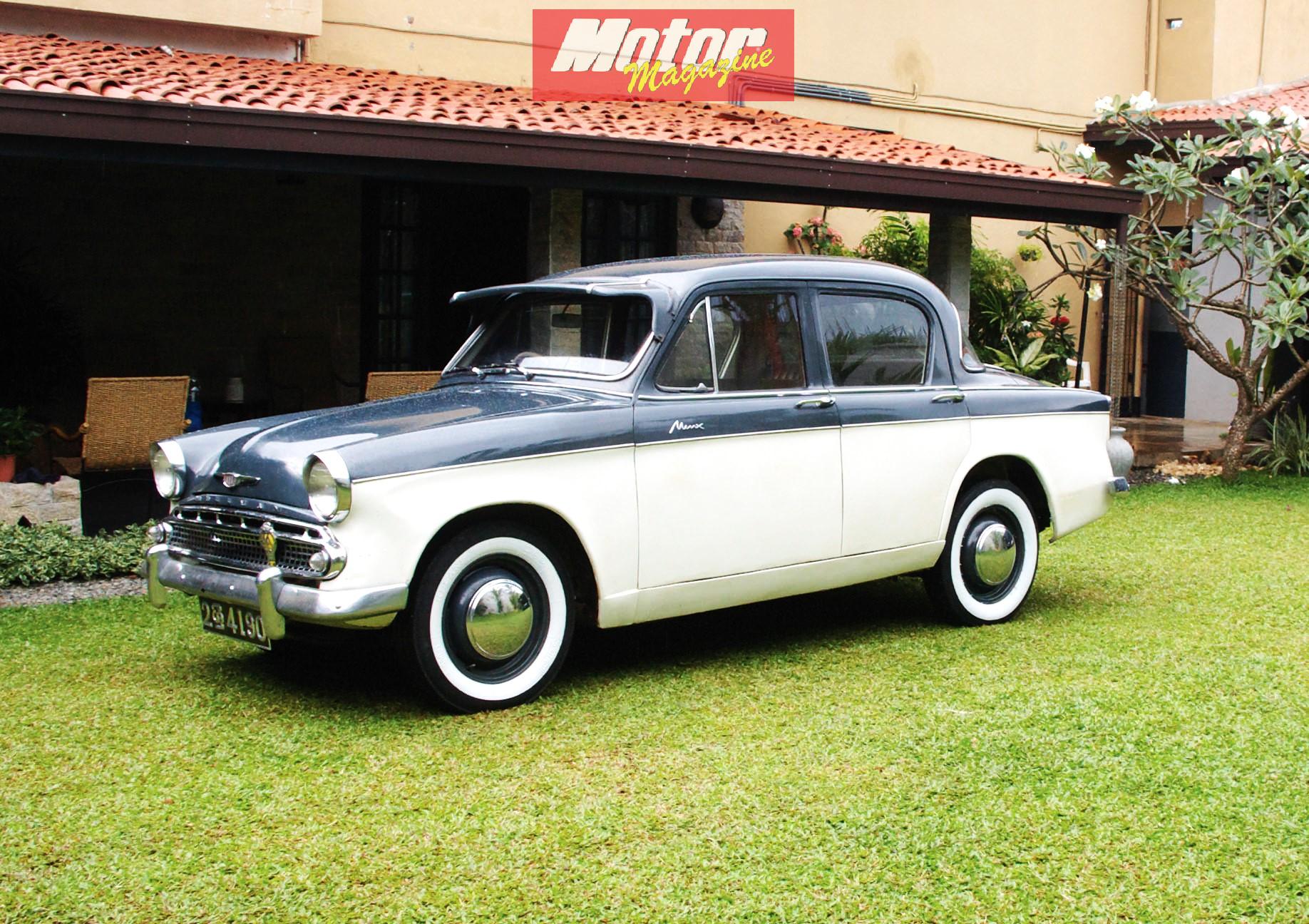The Fiat 128 had a production run from 1969 to 1985 as a two - or four-door sedan, three - or five-door station wagon as well as two - or three-door coupé. The 128 running gear and engine, was also reconfigured for a mid-engined layout, and was used in the Fiat X1/9 sports car.
With
engineering by Dante Giacosa and engine
design by Aurelio Lampredi, the 128
was noted for its relatively roomy passenger and cargo volume — enabled by a
breakthrough innovation to the front-engine,
front-drive layout which eventually became the layout "adopted
by virtually every other manufacturer in the world" for front-wheel drive.
Fiat promotional literature of the time said that mechanical features consumed
only 20% of the vehicle's volume. Named European Car of the
Year in 1970, over three million were ultimately manufactured.
The famed automobile designer Giorgetto Giugiaro noted at the time, that in 1970, Volkswagen completely dismantled a Fiat 128, recognizing it as the reference for their forthcoming Golf! Fiat promoted in its advertising that Enzo Ferrari drove a 128 as his personal vehicle! Fiat in fact built an entirely new plant in Rivalta, north-west of Turin, specifically to manufacture the new 128. In all, 2,776,000 sedans and wagons were built in Italy, plus 330,800 coupés and 3Ps.
Front-wheel
drive had previously been introduced to small, inexpensive cars by BMC,
firstly with the Mini in 1959 and then with the larger 1100/1300 series in 1962. During the mid-1960s,
Fiat set about designing a new car to compete with the latter. The BMC design
of Alec Issigonis had the transmission and engine
sharing a single oil sump — despite disparate lubricating requirements — and
located the engine's radiator at the side of the engine, away from the flow of
fresh air and drawing heated rather than cool air over the engine. The layout
often required the engine to be removed to service the clutch.

The Fiat 128's arrangement had numerous differences. It featured a transverse-mounted engine with unequal-length drive shafts and an innovative clutch release mechanism — an arrangement which Fiat had strategically tested on a previous production model for a full five years, the Primula from its less market-critical subsidiary, Autobianchi. The layout enabled the engine and gearbox to be located side by side without sharing lubricating fluid while orienting an electrically controlled cooling fan toward fresh air flow. By using the Primula as a test-bed, Fiat was able to sufficiently resolve the layout's disadvantages, including uneven side-to-side power transmission, uneven tire wear and potential torque steer - the tendency for the power of the engine alone to steer the car under heavy acceleration.
The
compact and efficient layout — a transversely-mounted engine with transmission
mounted beside the engine driving the front wheels through an offset final-drive
and unequal-length driveshafts — subsequently became common with competitors
and arguably an industry standard.
The
all new 1.1 litre Fiat SOHC engine, featured
an iron block mated to an aluminum head along with a belt-driven single
overhead camshaft producing 49 hp.
The 128 was styled similarly to the 124 and 125 and featured rack-and-pinion steering, 145R13 radial tyres, front disc brakes, independent rear suspension with a transverse leaf spring, and a strut-type front suspension with integral anti-roll bar.
Initially,
the 128 was available as a two-door or four-door sedan. At the 1970 Turin Motor Show a three-door station wagon model called
"Familiare" was added to the line-up. The car was only available with
a 1116 cc engine on launch, though the two-door-only 128 Rally edition
launched in 1971 used a 1,290 cc unit. Also in 1971, the Sport Coupé, an
all-new coupé body on a shortened 128 platform, was unveiled at the Turin Show.
On launch it was available with both existing 128 engines.
The
128 range underwent a facelift
in 1972, featuring a revised grille. In 1976, the range received new bumpers,
rectangular headlights, tail lights
and dashboard as well as modifications to the engines.
Production
of all 128s except that of the base 1,100 cc powered model ended in 1979
after the introduction of the Fiat Ritmo/Strada in 1978. In 1980 production
of the small three-door station wagon Panorama was dropped from the range and
128 production finally ended in 1985.
The
“Upali” Fiat 128 that is featured here was assembled in Sri Lanka by the Upali
Motor Corporation (commonly referred to as the Upali Group) established by
local enterprenure, the late Upali Wijewardena. Upali Fiats had a production
run from 1978 to 1980, but production numbers are unknown. The featured car has
its local manufacturing plate attached to it which says that it is car number
419. So we know that at least 419 cars were assembled in Sri Lanka!
Since the liberalization of the economy of Sri Lanka in 1977, there was a flood of “cheap” Japanese cars that were imported to the island. The ageing design of the Fiat 128 – and indeed most European cars of the time - could not compete with the flood of new Japanese cars that mostly came with air-conditioning and power-steering as standard. There was also a question as to where the knocked-down kits of the local Fiat 128 were imported from. This question stems from the fact that the Italian 128s had more solid (less prone to rust) bodies than the locally assembled Upali 128s. This is further borne out from the fact that despite the smaller numbers of Fiat 128s that were imported from Italy, more Italian built 128s have survived in the country compared to Upali Fiats. The popular theory among owners of Upali Fiats at the time was that these kits were imported to Sri Lanka from one of the Eastern-block countries where they were also manufactured.

The owner of the featured Upali Fiat 128 is Asoka Dharmaratna. Asoka hails from a “Fiat family”. He recalls that his father was a technician at Colonial Motors – the local Fiat agents at the time. It’s a small wonder then that Asoka learned all there is to know about Fiats from his father. He remembers the time when his father would repair various models of Fiats at home, and Asoka would be involved hands-on in every kind of repair on them.
When
our team from Motor walked in to Asoka’s home in Battaramulla, in
addition to this Upali 128, there was a Fiat 131, Fiat 131 station wagon, Fiat
126, a Fiat 1200 and a Fiat 1100 in his garage! Additionally he had a dedicated
room in his house for all Fiat bits, like carburetors, distributors, wheels,
lights and myriad other spares – some used, some brand new in packaging –
awaiting the right Fiat!












